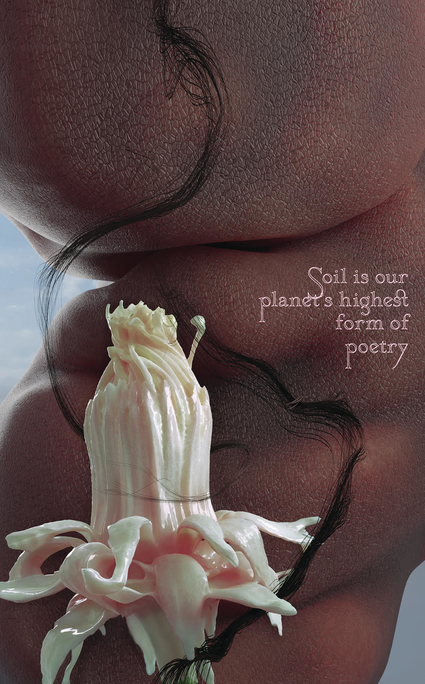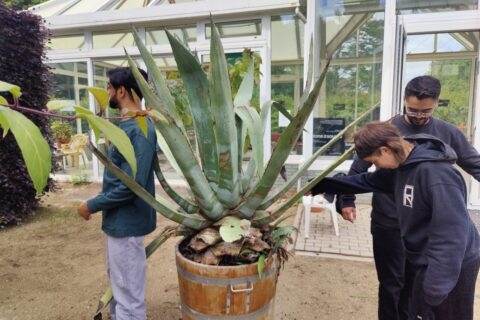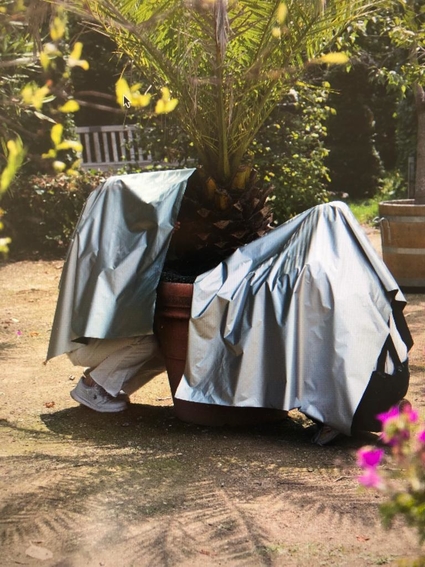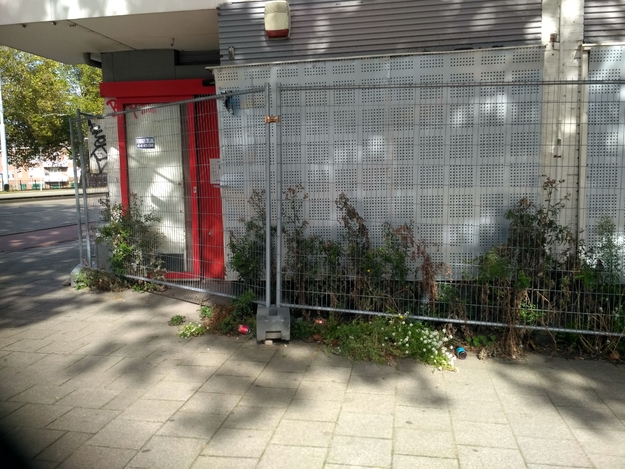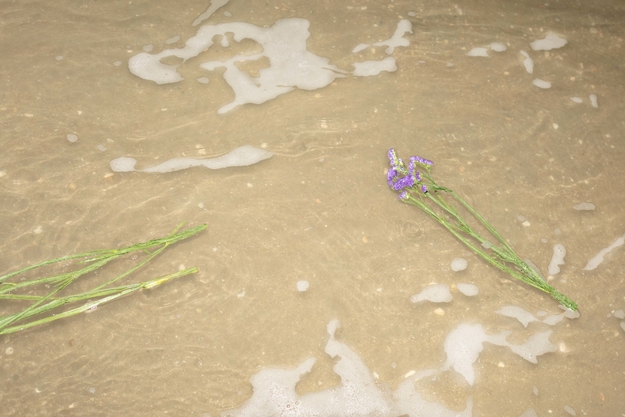Project Description
Motivations
Some anecdotes will help me to formulate my theory, questions and corresponding methods.
Whenever I go home, my mum first draws my attention to the plants in the house. I started to wonder why? On one occasion she pointed towards the cutting that became a bush in the time I was away. Another time she will lament that the peace lily we’ve had for five years still hasn’t produced a white flower. Another drop of plant food is dropped in whilst I eat her food. She talks of plants' wellbeing as though it is inextricably connected with her own health.
Whilst aimlessly resting in a park I found my spine twisting and turning without me realising why. I had been staring at the grass and realised my spine was tracing the motions of the grass. I wondered how many of our movements are dictated by plants without us registering.
During my ethnographic study of dairy cows, I observed their ability to design their (and our) landscapes by selecting which plants to graze and thereby reproduce. I noticed that it wasn’t only ‘the cow’ choosing but the literal civilisations of microbes in their stomachs that wanted to select plants whose dance would complement and fortify their own activities. Cows’ stomach compositions and landscape design are symbiotic.
These experiences synthesised during an excursion with a Psilocybe which taught me that plants are dancers. Each plant has a dance with unique and complex rhythms that can be studied, translated and enjoyed by being drawn, smelt, eaten, touched, destroyed, sculpted, and crucially, danced-with. Their dances leave an impression on the environment by demanding neighbouring bodies to dance-with them, eventually transforming forests, fields, parks or home gardens into a choreographed assemblage. Humans would do well to respond to these demands, or notice that their bodies are already unconsciously attuning to others’ rhythms.
Methods
How can we cultivate a focus for beings whose presence we are oblivious about? How can our noticing let them matter in our design considerations?
My proposition is to create a somatic architecture lab where visitors experiment on themselves by re-arranging the things and plants around them. This lab can be in a controlled environment- a dedicated room where visitors have a fixed number of resources with which to interact and adjust their position in relation to. Or, the lab can be more fluid- it can be a pre-existing venue. A cafe or a library where there are resident things but also a flux of strangers. Here, the extent to which the environment can be controlled, adjusted or attuned to is dependent on how well the participant-designer can keep up with the changing presences of fresh others.
The uniqueness of each body that inhabits a space requires each body to have a chance to attune to the others in its proximity- we rarely give ourselves a chance to study this for ourselves. It is this emphasis on using the body to experiment and co-operate with other things in making comfortable places that I’d like participants to learn for themselves.
Possible ways to expand the project
1. An actual dance-party with plants!
2. The methodology of self-experimentation I propose could be applied on several scales. On the smaller scale a team of humans that is responsible for a venue or a space could make time to conduct these exercises and communally reflect on what their bodies learnt about their space and whether those experiences are shared and inspire changes to act on. On a larger scale, urban planners and city designers can first visit and consulting the fauna to factor in their needs and demands before formulating plans.A broader view of my proposal can be framed in terms of ethics and design. My methods have embedded in them a commitment to living in conformity with the rhythms and choreographies of the local fauna. In a way, I am treating cows as gurus of respect for the landscape and (re-)discovering what that can bring us and our local ecosystems. I anticipate we will need to articulate a process of unlearning fauna as aesthetic features of urban landscapes meant for human pleasure and instead as cornerstones of neighbourhoods from which we can take instructions.Framed ethically, looking after your environment is a way to look after yourself. The same is true in the inverse: looking after yourself requires looking after your environment.
Samar Khan
In my artistic practice, I’m stretching my skills in event organising and facilitation to their greatest extent by designing performative pieces that collaboratively and corporeally investigate how a group of humans might create and hold a space where the presence of nonhuman others is noticed, respected and responded to.
artist website https://spokentwice.cargo.site
insta https://www.instagram.com/spokentwice/
Estimated costs
(i)
Extended research and series of site-specific experimentations with visitors: 2250 eur
Material budget (plants and pots, furniture can be second hand (chairs, pillows, tables), food and drink): 1400 eur
(ii)
One-time exercise in a space: 350 eur plus materials
This proposal is part of the 'Penny for your Thoughts' project 2022.
